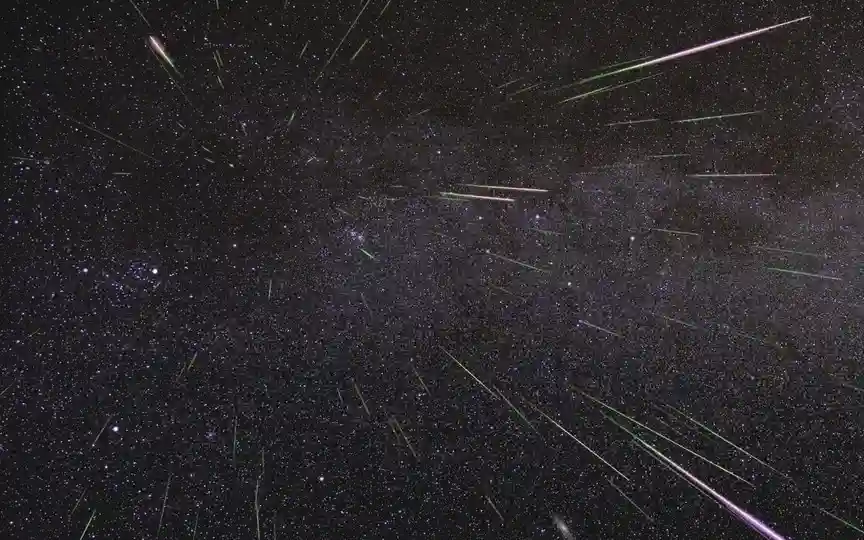Rare alignment on April 8! Comet known as “Devil” to align with total solar eclipse, creating a stunning celestial event.
Comet 12P/Pons-Brooks, also known as the “Devil Comet,” is set to make a stunning appearance during the Great North American Total Solar Eclipse on April 8. Skywatchers are eagerly awaiting this rare celestial event, but it remains uncertain if the comet will be visible to the naked eye during the daytime eclipse.
“Journey of the Devil’s Comet”
Called a “dirty snowball” by the late Harvard astronomer Fred Whipple, Comet 12P/Pons-Brooks is currently passing through our celestial neighborhood, reaching perihelion — closest approach to the Sun — on April 21, likely marking its peak brightness before it begins its closest approach to Earth on June 2. Illuminated by the sun’s heat, Pons-Brooks gradually develops into a captivating spectacle that provides a visual feast for stargazers and astrophotographers, according to NASA.
Comet Pons-Brooks whimsical nature
Comet Pons-Brooks has experienced several outbursts since its first notable flare on 20 on July 2023, and has garnered attention, including a recent eruption on March 1, which gave it its horn-like appearance and earned it the nickname “Devil Comet.” As postdoctoral researcher Ariel Graykowski of the SETI Institute points out, these odd shapes are likely the result of a nucleus casting shadows on the comet’s fuzzy coma.
Tips for observers
Excitement is building as Pons-Brooks prepares for increased activity in the coming weeks, possibly reaching a maximum magnitude of around 4.0, although spotting it with the naked eye may require optimal viewing conditions and sky awareness. Observers in the Northern Hemisphere can currently see Pons-Brooks in the constellation of Pisces in the early evening, and its visibility is expected to continue through early May, especially around perihelion.
Dual Celestial Show
According to NASA, the total solar eclipse on April 8 offers a fascinating opportunity to see the double sky spectacle. Although capturing Pons-Brooks alongside an eclipsed sun is a challenge, astrophotographers can seize the opportunity if they have the necessary skills and a dark enough sky. As Graykowski advises, when viewing the eclipse, binoculars or telescopes may be necessary to spot the comet, although its visibility during totality is uncertain, depending on the exceptionally dark conditions.




